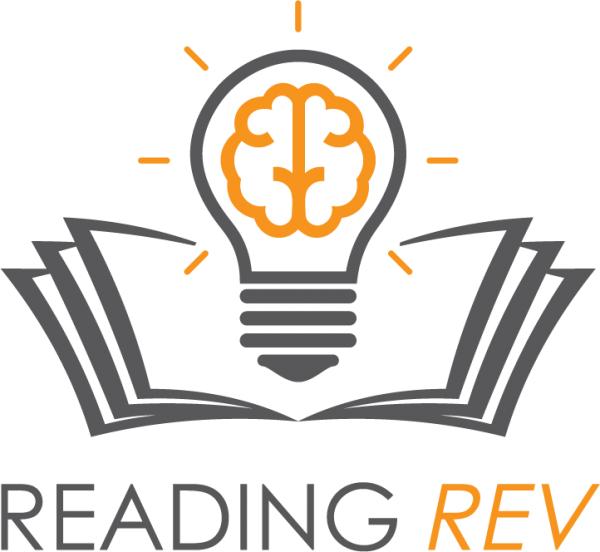The Language Comprehension Side of Things- Vocabulary
If you read my last blog, this quarter we are taking a deep dive into the language comprehension side of the Simple View of Reading. You can read about how I decided my intermediate intervention group needed this side of the equation and what objectives I will be teaching this semester here. The first blog in the series was about the importance of background knowledge and activating students’ schema. This time, we will be taking a close look at how vocabulary impacts both oral and reading comprehension.
Vocabulary is vital.
In order to comprehend a text, 90+% of the words need to be not only decoded correctly, but also understood. Even if our students are 100% accurate, unless they know the meaning of the words they decoding, their comprehension will suffer or fail.
Recently, I listened to a forth grade student read a grade level passage with 96% accuracy. When I asked that student to tell me about the passage he just read, he said, “Ummm. It was about a girl who went somewhere with her dad.” The story was about a girl who volunteered at a kennel every Thursday with her father. She fell in love with a collie and wanted to adopt him. The student had accurately decoded both of the words “collie” and “kennel”. When I asked if he knew what either meant, he didn’t. Vocabulary is vital. Without meaning, decoding words accurately is futile.
This month I read all I could get my hands on about building vocabulary. Here are the two objectives I plan to follow the rest of the year. (These are not completely new; I linked a previous blog about vocabulary if you need more background knowledge).
1) I will build robust tier 1 vocabulary with my language-lacking students by looking at a language scope and sequence and will incorporate it with my content.
2) I will build strong tier 2 academic vocabulary that will help students access comprehension across content areas by explicit instruction and also word-learning strategies.
Let’s talk about the first. Students who come from language-deprived backgrounds or have language deficits, often do not have age-appropriate vocabulary knowledge. I used a scope and sequence to access and plan my instruction. We categorized and discussed defining features of animals, foods, and places. We sorted and matched synonyms and antonyms. We studied words that have multiples meanings; we played with homonyms and homophones. We analyzed context to determine the homonym’s meaning.
We talked about words and language. Every opportunity I had, I showed pictures that matched our content. We used Reading Rev’s Google Slides that give a picture for every word students decode and encode. With just a simple, quick slide show, I could show pictures of the words that were found in our novels, history, and science units. We had show and tell with content-related words.
We talked, and talked, and talked some more! So much of language comprehension is built by being exposed to a massive amount of meaningful words and language. Providing these rich language-building opportunities hurts no one, but it can make a huge difference for those who struggle. If you missed last month’s language-building bundle, you can find it here.
Integrate Vocabulary with Content
Every opportunity I had, I showed pictures that matched our content. We used Reading Rev’s Google Slides that gives a picture for every word students decode and encode within our phonics pattern.
Secondly, I’ve been very purposeful about my vocabulary instruction. Explicitly teaching words using a research-based vocabulary routine is a game-changer. Be very thoughtful about the words you choose to explicitly teach. Do not select obscure, rare words. Instead, pick words that you want students to own and use in their own conversations and writing (tier 2 words). Rather than teaching the word “poplin” in Little Women, explicitly teach the word “defeat.”
Teaching students the strategies that will help them discover the meaning of unknown words in context is a powerful tool. I love the Collaborative Strategic Reading (CSR) technique where students recognize the words they understand (clicks) versus words they don’t (clunks). CSR then teaches 5 Clunk Strategies to figure out the meaning of the unknown word. I continually model this in read-alouds and add to our bulletin board all year. Students eventually be able to infer or discover the meaning of unknown words rather than skipping over them. Teaching morphology can exponentially increase vocabulary. Notice how many of the words below are discovered based on meaningful word parts!
Remember, all this vocabulary instruction is integrated in your daily content! This is not additional, time-intensive instruction. The more you can tie vocabulary and word-building instruction into knowledge-building content, the better!
Teaching Word Discovery
Teaching students the strategies that will help them discover the meaning of unknown words in context is the most powerful tool. We love CSR’s Clunk Strategies.
The connection between vocabulary and reading comprehension can’t be underestimated. If you’re interested in some hands-on learning about vocabulary instruction, join us for Reading Rev’s Summer Professional Development conference where we spend several hours learning about language-building and creating hands-on lessons.
You can revisit the four parts in the Language Comprehension Side of Things Series here:
1- Building Background Knowledge
2- Vocabulary
3- Syntax and Sentence Structure
Join us for next month for our third blog in our language comprehension series when we do a deep dive into syntax and semantics!



